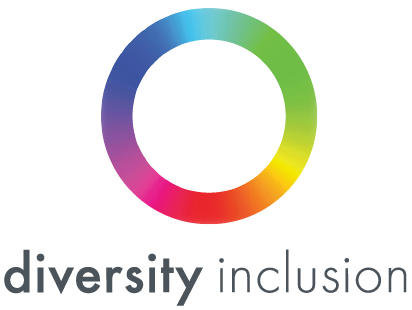The business case for diversity and inclusion – your roadmap to success
It’s everywhere. The concept of ‘diversity and inclusion’ (D&I) has gained significant traction over the past decade. We hear the phrase constantly in the media, in our communities, and (hopefully) in our workplaces. So, what’s all the fuss about and can it really affect your bottom-line?
Many people think that focussing on diversity and inclusion as a business strategy is largely about ‘doing the right thing.’ Although this may be true, one of the most compelling reasons, from a business perspective, is the body of global evidence to suggest workplace D&I makes good business sense.
In this article we’ll walk you through the business case for D&I, including our top tips and tricks to get leadership support for your activities.
Diversity and inclusion…what it really means
The world we live in is complex and interconnected, characterised by diversity in people and diversity in thought. It forms the fabric of our modern society and can’t be ignored.
So, what is organisational diversity? Diversity in a workplace can take many forms from gender, age, cultural background, ethnicity, and disability, to sexual orientation, religious beliefs, level of education, socio-economic background, skills, personality, caring responsibilities – and much more!
Where does inclusion fit in then? Inclusion is achieved when all employees are effectively integrated into organisations. By co-existing in a symbiotic way, people can bring their whole selves to work, contribute to their full potential and feel their contribution is recognised and valued. This creates a culture where respect, acceptance, belonging, and connection are embraced.
Inclusion drives the D&I equation
Even though diversity in all its forms is undoubtedly beneficial, inclusion is actually the most important part in the D&I equation. An inclusive approach ensures everyone is treated equally, and by fostering a psychologically safe workplace environment, people can express their opinions without hesitation or retribution.
By prioritising inclusion, organisations can also then make the most out of celebrating, valuing, and reaping the benefits that diversity offers. That’s why our motto at Diversity Inclusion is ‘big I, little D’ – go big on your organisational inclusion and your diversity will follow.
The D&I business case – show me the stats
There is compelling global research to support diversity and inclusion as an effective business strategy. Here are just a few popular cited studies.
The 2020 McKinsey Diversity Wins report revealed that organisations with a higher proportion of diverse leadership outperformed their competitors. In fact, organisations in the top quartile for gender diversity were 25% more likely to report financial returns that exceed their national industry median. In addition, organisations in the top quartile for ethnic diversity had financial returns that were 36% more likely to exceed their national industry median.
D&I research conducted by the Boston Consulting Group found that increasing the diversity of leadership teams produced significant benefits, including better innovation and improved financial performance. Furthermore, superior innovation driven by more diverse thought increased revenues by a staggering 19%.
Lastly, research by Deloitte suggests that an increase in individuals’ feelings of inclusion translates into a 17% increase in team performance, 20% increase in decision making quality and a 29% increase in collaboration.
D&I drives a range of business metrics
Global research tells us that workplace diversity and inclusion drives a range of varied organisational metrics. To make life easier, we’ve consolidated these findings into the list below.
It has been proven that D&I increases:
financial performance
innovation and creativity
decision-making effectiveness
employee satisfaction and engagement
employee intent to remain with employer (lower turnover)
collaboration
safety
reputation
Top 3 tips to engage leaders in D&I
The potential for D&I to drive organisational success can often seem too good to be true, despite compelling research. As a result, many leaders fail to give D&I the credibility that it deserves. So how do you make them listen?
Tip 1: Make it personal
An emotive approach can be a powerful tactic to develop D&I leadership support. The key to achieving this is by making D&I personally relevant to your leaders.
Start by prompting leaders to unearth and express their own personal reasons for championing workplace D&I. This can be achieved by asking emotive questions such as:
Can you think of a time where you felt like you were on the outer (not accepted)?
Have you experienced or witnessed any workplace bullying, discrimination or harassment and how did it make you feel?
Has someone close to you been excluded or disadvantaged and what was their story?
Tip 2: Get into the ‘why’
The key to making people buy into a concept is helping them to understand the ‘why’.
The first place to start in explaining the D&I ‘why’ is educating leaders on recent research (see examples above), so they recognise the significant benefits that emanate from a D&I strategy. Although superior financial performance is a key advantage, it is best to position such benefits as a happy biproduct, rather than the main motivator.
Tip 3: Align with your corporate values
Corporate values sit at the heart of organisational identity. They exist as deeply engrained principles, acting as cultural cornerstones. D&I should be aligned to these core values and positioned as an extension of culture. This approach provides relevance to your D&I activities, making leadership support more easily achieved.

